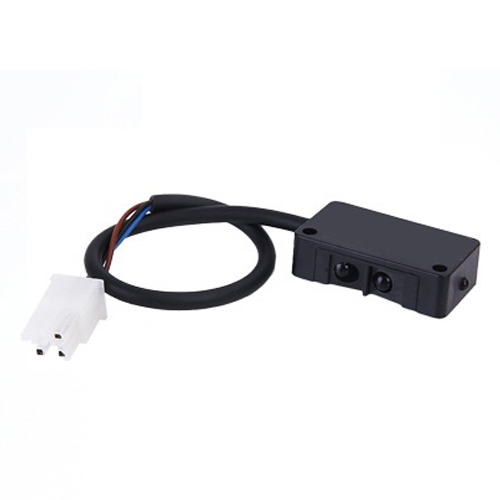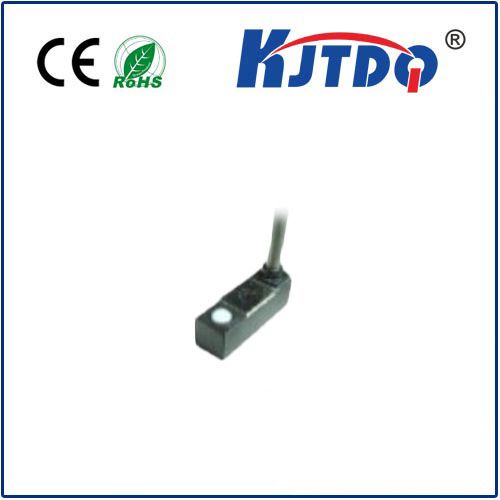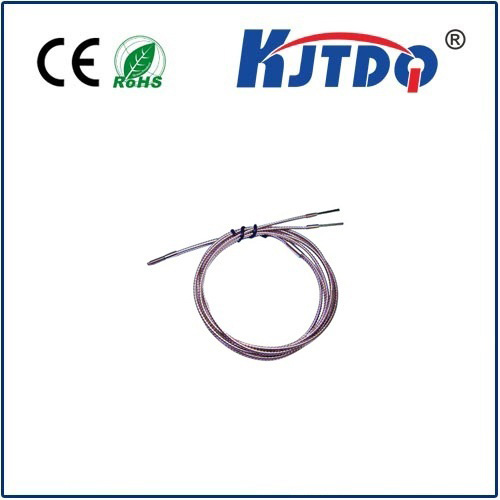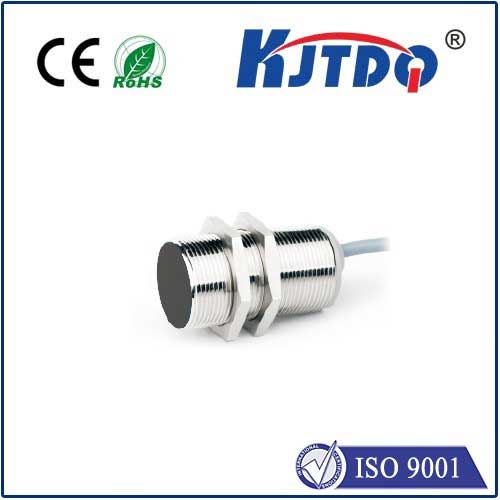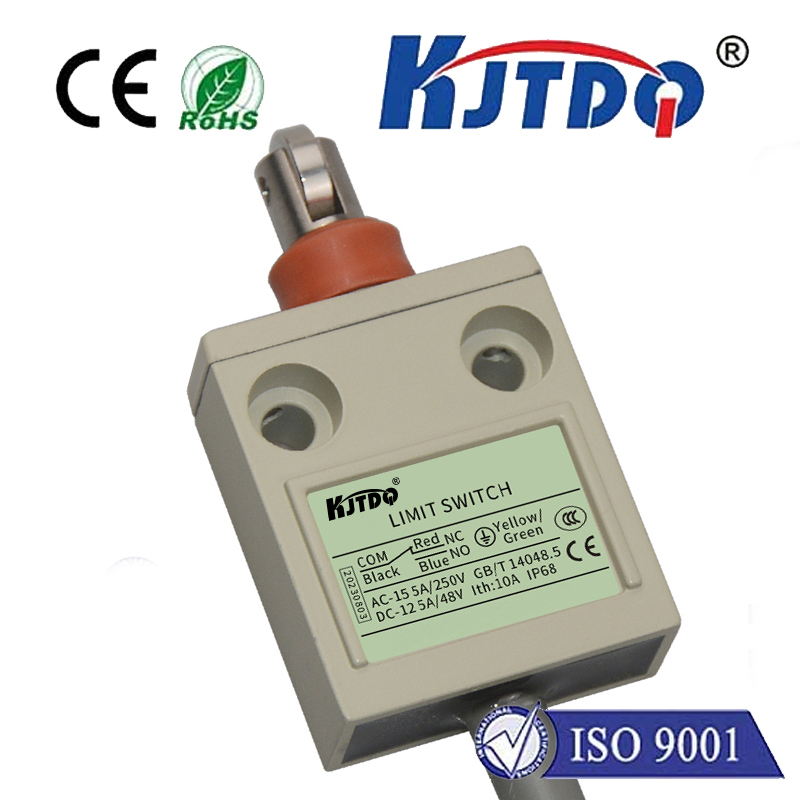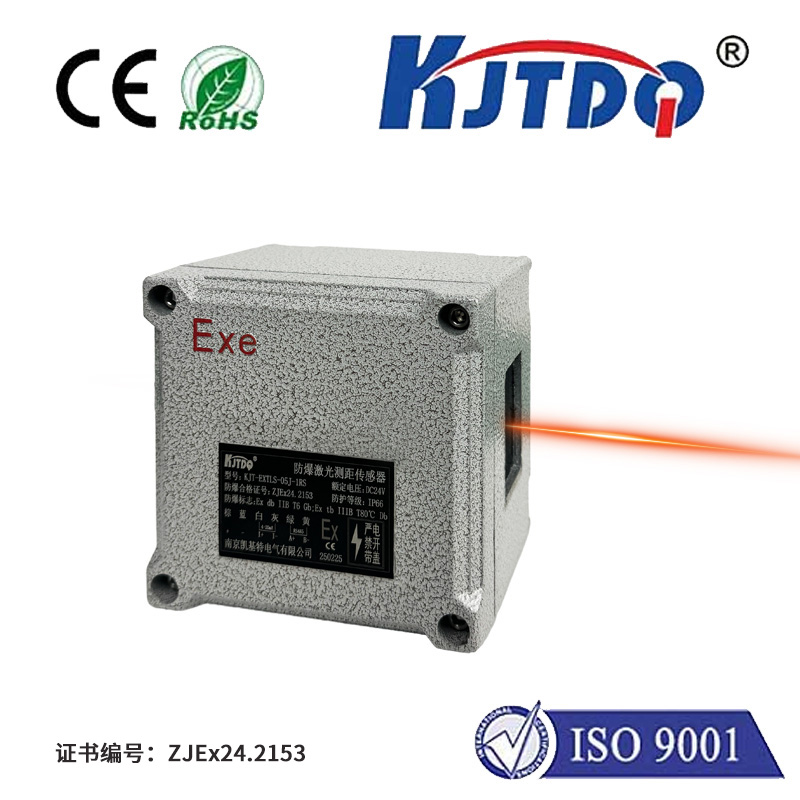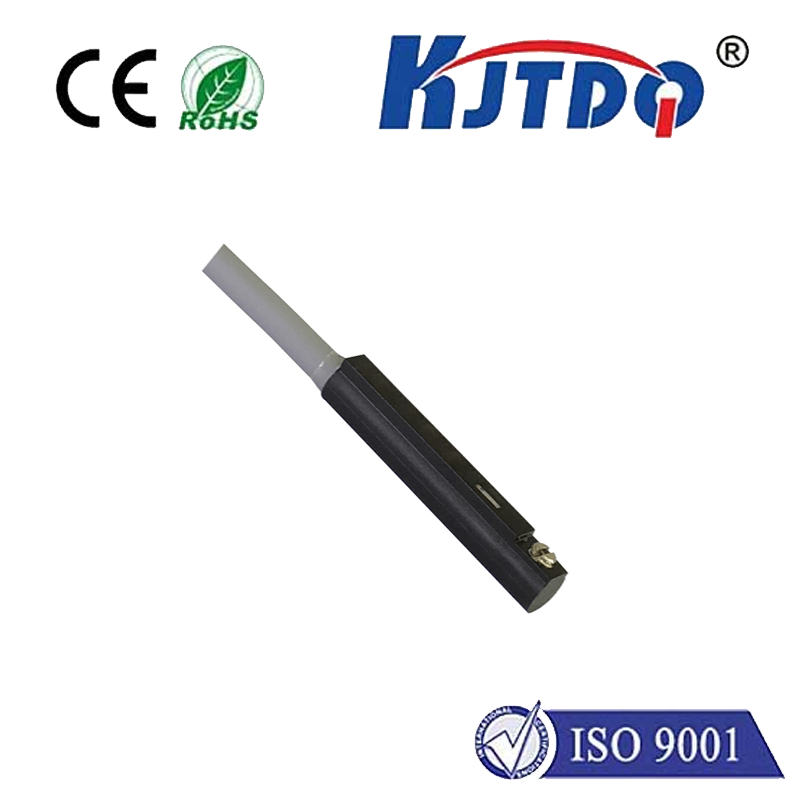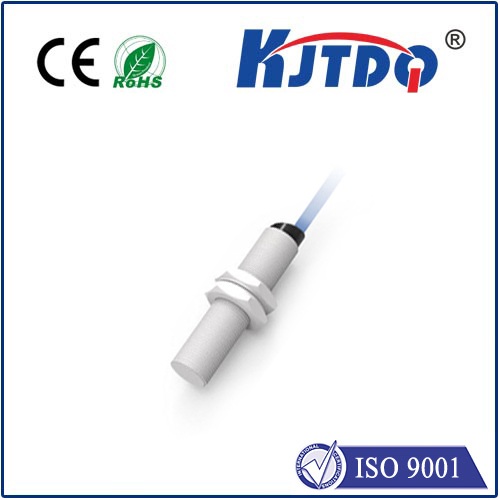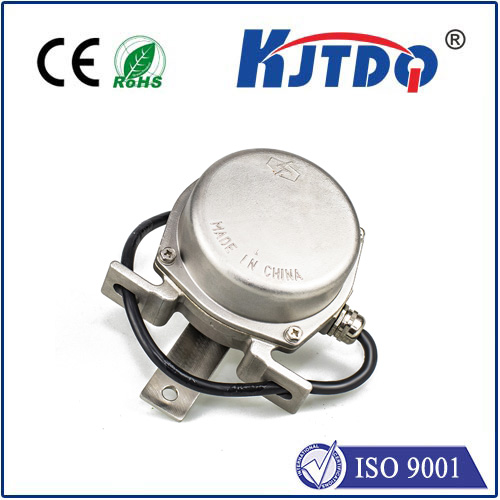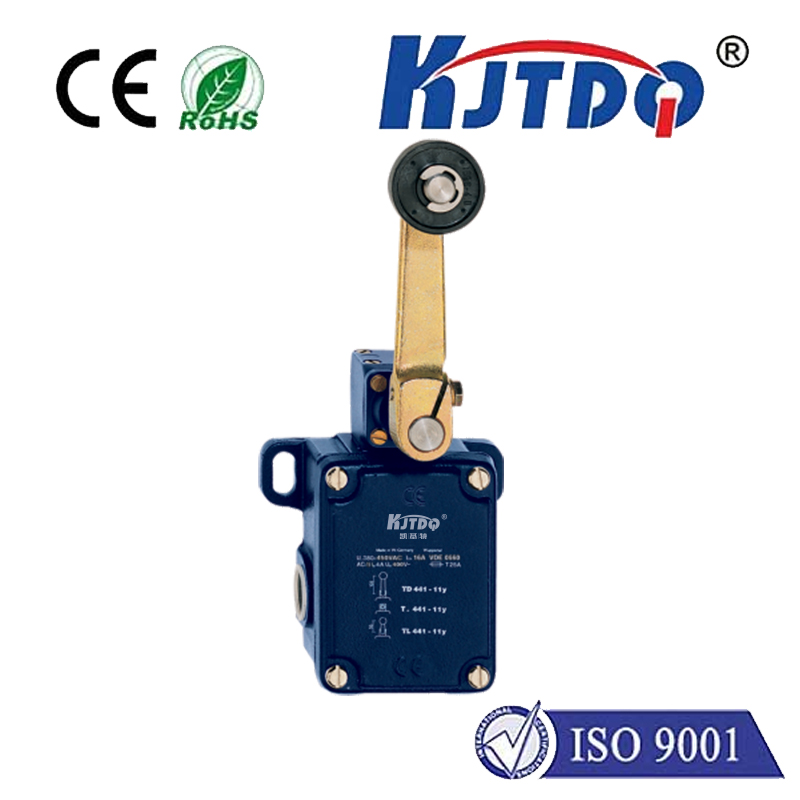

check

check

check

check

check

check

check

check

check

check
Title: Inductive Proximity Switch: A Game-Changer in Electrical Safety
Introduction:
In today's fast-paced world, the need for reliable and efficient electrical devices is paramount. One such device is the inductive proximity switch, which has revolutionized the safety and security industry by providing an innovative solution to prevent electrical accidents. This article will discuss the working principle of inductive proximity switches, their applications, and the benefits they offer to users.
Section 1: Working Principle of Inductive Proximity Switches
An inductive proximity switch consists of two parts: a coil and a reed switch. When an object comes into contact with the coil, it creates an electromagnetic field that interacts with the magnetic core of the reed switch. This interaction causes the reed switch to open or close, signaling that the object has been detected. The switch can also be programmed to trigger different actions based on the proximity of the object.
Section 2: Applications of Inductive Proximity Switches
Inductive proximity switches have numerous applications in various industries, including industrial automation, building management systems, medical devices, and automotive systems. Some of their key benefits include:
* High reliability: Inductive proximity switches are highly accurate and dependable, ensuring minimal false alarms and reducing downtime.
* Easy installation: These switches can be installed quickly and easily without disrupting ongoing operations.
* Compact design: Inductive proximity switches are typically small and lightweight, making them ideal for space-constrained applications.
* Long lifespan: Due to their robust construction and low power consumption, inductive proximity switches have a long lifespan and require minimal maintenance.
Section 3: Advantages of Inductive Proximity Switches over Other Types of Switches
Compared to other types of switches, inductive proximity switches offer several advantages, including:
* Improved safety: By detecting objects at a distance, these switches can prevent accidental contact with live wires or equipment, reducing the risk of electrical accidents.
* Enhanced control: Inductive proximity switches can be programmed to trigger specific actions based on the proximity of the object, allowing for more precise control and automation.
* Energy efficiency: Since these switches use minimal power, they help reduce energy consumption and save costs over time.
Conclusion:
In conclusion, the inductive proximity switch is a game-changer in the field of electrical safety and automation. Its advanced technology, combined with its numerous benefits, make it an excellent choice for applications that require reliable and efficient electrical controls. As technology continues to evolve, we can expect even more innovative solutions from inductive proximity switches in the future.
